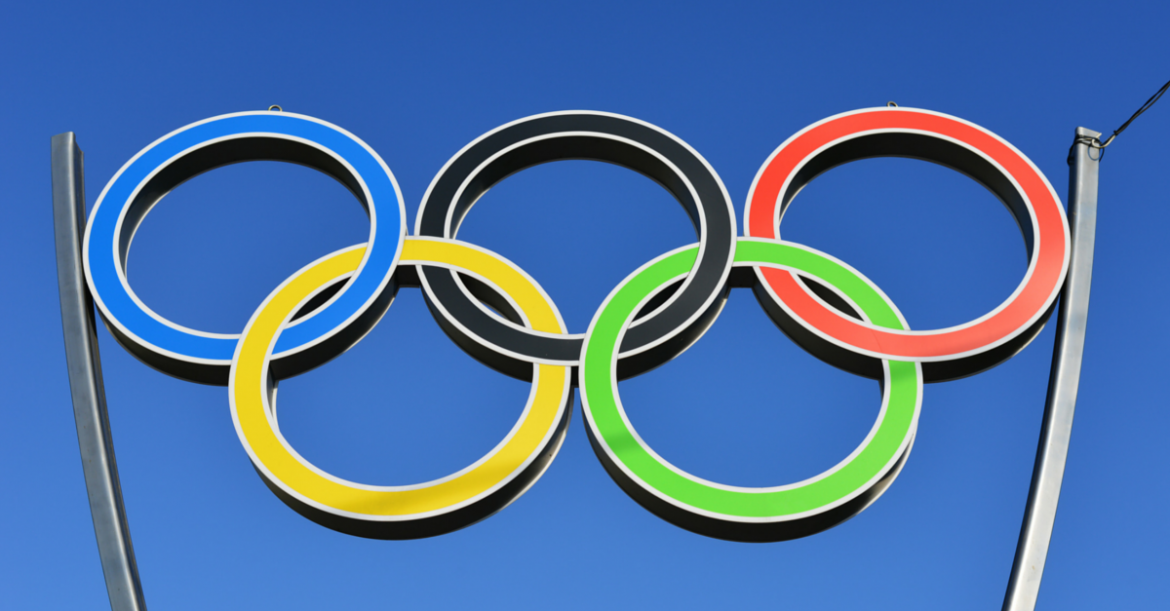As the torch makes it’s way to Olympic Stadium, London has been preparing to “inspire a generation” by making this year’s Olympic games the most sustainable to date. When bidding for the games in 2005, London told the International Organizing Committee that they would make four areas of the games sustainable for those attending and watching abroad–one of the largest undertakings being the venues. In order to fulfill their promises, London’s Olympic Committee worked with BioRegional and WWF when creating this year’s plans. Below is a quick summary of how this year’s host city is going to paint the venues of the world’s most anticipated competition – green.
One key to any sustainability plan, is to use the resources you already have and London is doing just that. Before building any new venues, the city is using a lot of the sporting complexes they already have in place. These include Wimbledon, Excel London, Lord’s Cricket Grounds, City Coventry Stadium and Earls Court along with many other pre-existing sporting venues.
In order to accommodate those competitions that London does not have venues for, the committee assessed which new stadiums could be temporary and which structures should be permanent. The temporary structures include the Basketball Arena, Greenwich Park, Riverbank Arena, The Royal Artillery Barracks and the Water Polo Arena. Each of these structures will be taken down and their materials will be recycled after the Olympics.
The buildings that have been built to last are Olympic Stadium, the Aquatics Center, Weymouth and Portland, Olympic Village, the Velodrome, Lee Valley White Water Centre, The Copper Box and Eton Dorney. Each new venue has been constructed with sustainability in mind and already has a plan in place for how to use the buildings after the competitions are over.
Two venues that I find to be most interesting are Olympic Stadium and the Velodrome. The sustainability aspects of Olympic Stadium (in the image above) start literally from the ground up. The lower tier of the stadium is permanent, seating 25,000 spectators, while the top tier is temporary holding up to 55,000 spectators. This is the first time a half permanent, half temporary stadium has ever been built. So even before the games have started, London has begun breaking world records. The bottom tier of the stadium is resting in a large hole in the ground. This design was used to cut down on the amount of building materials and increase the stadium’s sustainability factor. In order to kick the eco-friendly up a notch the dirt used inside the stadium is the excess dirt from digging the hole for the bottom tier.
The Velodrome (as seen above) is another interesting sustainable building making it’s debut as the stadium for many cycling events during the games. The wood used on both the outside and track of The Velodrome, was chosen by the Forest Stewardship Council to make sure it is ethically and sustainably sound. Another feature if this complex is its 100% natural ventilation system. This chemical-free and entirely sustainable system allows the complex to temperate comfortably with out blasting the AC. How cool is that? (no pun intended).
These are only some of the sustainable features in this year’s Olympic Stadiums.
If you are interested in learning more check out the “venues” section on the London 2012 Olympics website, http://www.london2012.com/spectators/venues/. Hope you enjoy this year’s summer games!
 Food
Food Farmers
Farmers Sustainable Living
Sustainable Living Living Planet
Living Planet News
News